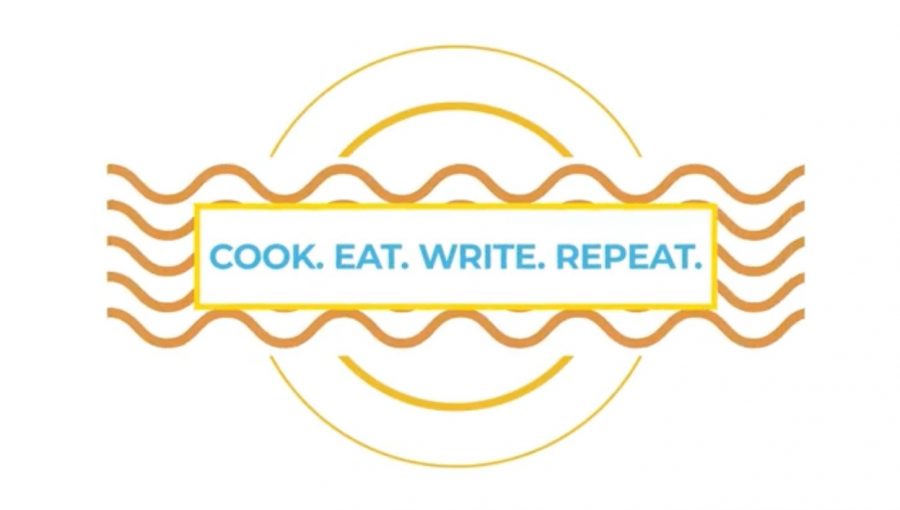What does ‘use by’ really mean?
November 20, 2020
Have you ever noticed labels on your food products that say “use by,” “sell by” or “best before”? If you have, you’re also probably guilty of throwing food away after that date has passed. But is the food you’re throwing out really bad after that date has passed? In most cases, the answer is no.
All of the dates you see on food products are decided by the manufacturers as a guess based on quality, not safety. The foods are actually safe to eat for a few days or even a few weeks after the date depending on the food. The sell-by date is actually only for the retailers; it allows them to know when the food they are selling is past its best quality and lets them know when it should be taken off the shelf.
If the food you have purchased has passed the use-by or sell-by date, it’s better to inspect it instead of just throwing it out. Normally, if food has gone bad, there are telling signs. For example, when bread goes bad, there will be mold. In the case of milk, it will smell sour. If the expiration date is getting close but you don’t want to eat the food by then, the life of the food can actually be prolonged if you freeze it.
These labels can be alarming for people who don’t know what they mean. It would be better if there was a universal label manufacturers used to reduce confusion. For example, “best if used by” could be used to indicate that the food would taste best by the date indicated but not necessarily go bad. We could reduce food waste if the wording of the labels changed. If consumers knew that the indicated date was about quality instead of safety, then less food would be thrown out and wasted.
It would be beneficial for people to know how to store their food to make it last as long as possible, too. For example, apples have different lengths of life depending on how they are stored. Apples last three weeks in the pantry, four to six weeks in the fridge and eight months in the freezer if they have been cooked.
While the dates on food can be confusing, knowing proper food safety is beneficial. That means making sure to clean and cook food thoroughly and to store food properly so it doesn’t go bad quickly. As a consumer, it is important to become more informed about what these dates printed on food packaging actually mean. Wasting good food shouldn’t be a norm, and becoming aware of when food is actually bad is important.
With this knowledge of the sell-by label, making more informed decisions on what to do with food should be possible. These labels are more like guidelines stating when it’s best to eat a food rather than actual rules. Now that you know your food may not necessarily be bad immediately after the sell-by date, make sure to check your food before you throw it out.











